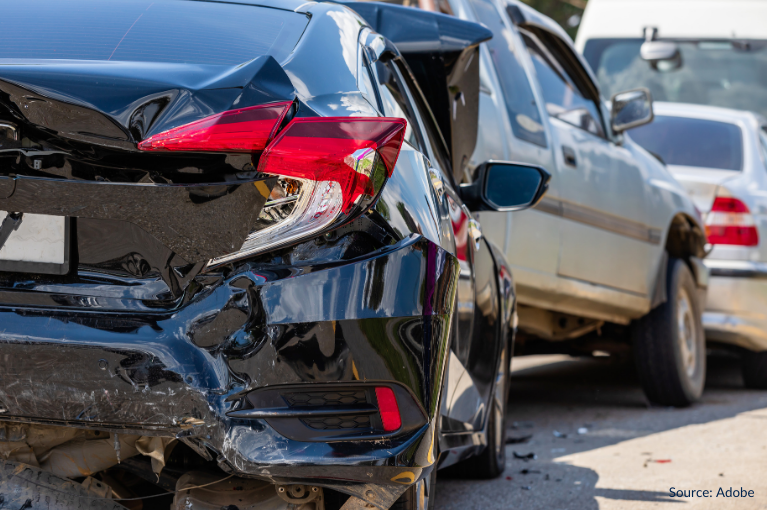Your answer is just not accurate.
I mean, I literally quote from the manual.
You seem to be mixing up 2 different discussions though.
The quote of mine you just posted is in answer to THIS question
"Does anyone have a snip of the blurb in the manual about not using Autopilot on two-lane highways?"
Which is about full AP, not just TACC.
And once again, even if you're right and you're only "supposed to" use TACC on an Interstate, then it's less than worthless, because it lacks the cruise control functionality of my 1989 Nissan.
I never claimed you're only supposed to use TACC on the interstate.
I did point out the warnings about TACC are
the same ones every other brand has because active cruise control has
the same problems with phantom braking in every brand of car
I even cited such warnings from multiple other brands cars.
And hilariously, cited Nissan specifically as having
far more NHTSA complaints about such problems despite the Nissan fleet in question being 1/4 the size of Teslas.
Out of curiosity, where are you supposed to use Traffic Light and Stop Sign Control?
Now HERE is a good example of where the manual could be better.
"autopilot" (or even FSD) isn't a single thing.
It's a stack of features.
So you've got basic TACC which works in lots of places including non-highways.... and if turn that on (and have FSD) you also get Traffic Light and Stop Sign Control feature.
You ALSO have TL*SSC running in "full" autopilot of course (for cars with FSD)-- but that's expected since TACC is also running there too, just with other additional features (like autosteer) that might have a more limited ODD.
Technically there ARE some stop lights on highways (I've seen them most commonly at on/off ramps)- but the fact TLSSC is "on" when autosteer is is more an artifact of the fact TACC is automatically on with autosteer is on than it is trying to say anything about ODD.






